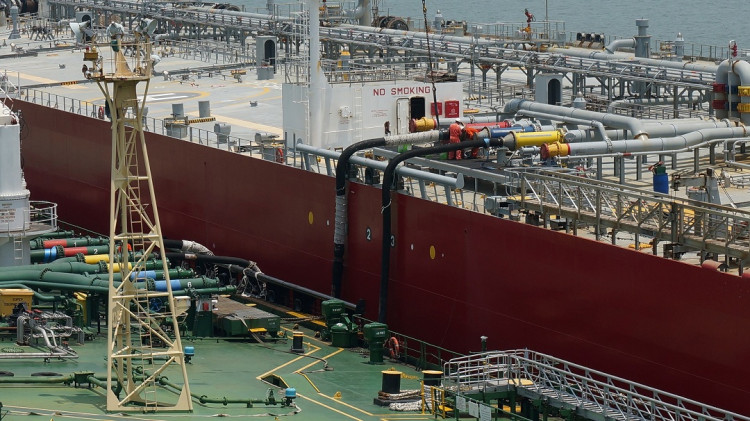Crude oil prices are heading for their steepest monthly decline in over two years, as signs of economic contraction in major economies and a strategic shift by Saudi Arabia weigh heavily on market sentiment. West Texas Intermediate futures slid more than 3.5% on Wednesday to a session low of $58.20 a barrel, while international benchmark Brent crude also fell 3.5% to $60.93.
WTI is down over 16% this month and Brent nearly 17%, marking the largest monthly decline since November 2021. The drop follows a Reuters report that Saudi Arabia, the de facto leader of OPEC, is prepared to tolerate lower prices for an extended period and may accelerate the easing of production cuts in a bid to regain market share.
"While the recent de-escalation in trade talks has certainly reduced the probability of a bear case, that doesn't imply that the 'Trump put' extends over the energy sector," wrote JPMorgan's Natasha Kaneva and her team. "President Trump and his aides continue to pursue lower oil and gasoline prices - as low as $50 per barrel."
The report also cited Saudi frustration with Kazakhstan and Iraq for exceeding OPEC+ production targets. Riyadh, after months of pressuring members to cut back, is reportedly reversing course and telling allies it will prioritize fiscal resilience through borrowing and spending cuts rather than price stabilization.
Compounding the price pressure, U.S. economic data this week showed the first quarterly contraction in GDP in three years, alongside weaker-than-expected hiring. Simultaneously, factory activity in China contracted at the fastest rate in over a year, raising concerns that a prolonged U.S.-China trade dispute could erode global oil demand. China remains the world's largest crude importer.
Saudi Arabia had already pushed for a larger-than-planned output increase in May, which helped push prices below $60 and to a four-year low. Analysts are now warning that growing discord within OPEC+ and uncertainty surrounding future output levels are creating further downside risks for the oil market.
Despite recovering equity markets-driven by speculation of easing tariffs and optimistic signals from Trump administration officials-energy markets have remained under pressure. The S&P 500 has rebounded from early April losses, but crude has yet to follow.
On the consumer side, U.S. gasoline prices rose modestly through April. According to AAA, the average cost of regular gas stood at $3.18 per gallon on Wednesday, up from $3.16 a month earlier but still well below the $3.66 average this time last year.






